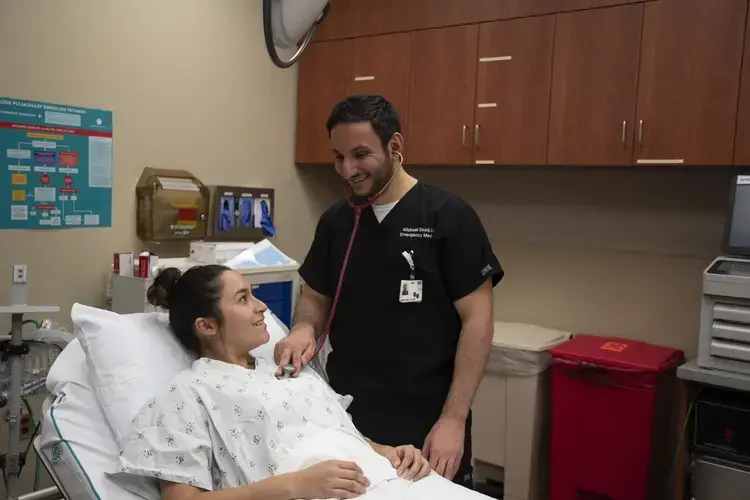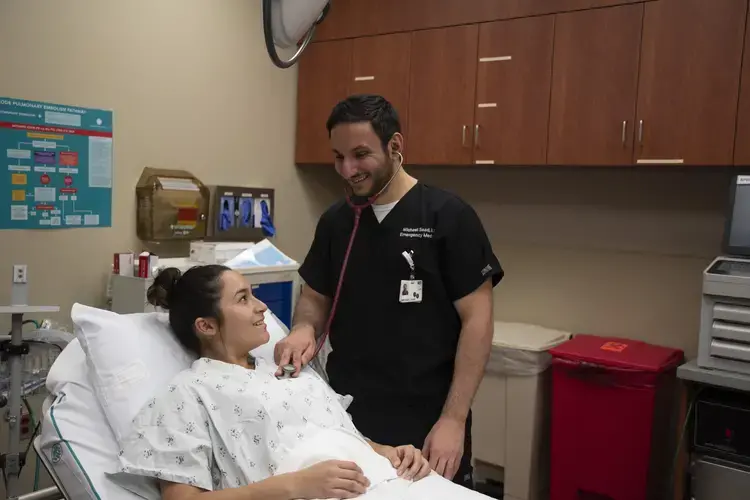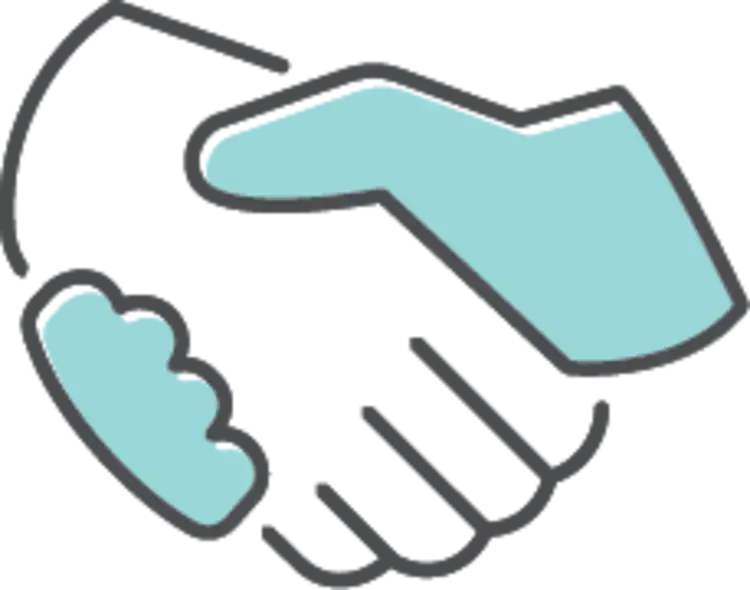
Hospitalist Impact on Patient Throughput
Case Study

The Challenge
A large 27 unit, 918 licensed bed Community Hospital was dealing with high capacity and inability to move patients in all ICU and Med-Surg floors.
Many units were at full capacity and the ICU units were unable to move patients to lower levels of care in a timely manner. There were concerns regarding the Hospitalist practice workflow and what impact the workflow had on admissions and discharges.
The Solution
US Acute Care Solutions conducted detailed timestamp workflow studies on a representative sample of the hospitalist group along with a comprehensive data analysis of inpatient admissions, transfers and discharges. Echo observers followed the Physicians and advanced practice providers (APPs) for full shifts, recording the amount of time they spent on various value and non-value-added activities. Results from the analysis and observations revealed several key findings relating to bed demand.
- Bed demand did not meet bed supply (see Figure 1: Bed Demand Timing– Initial State)
- Peak discharges were happening late into the day
- ICU patients could not be moved to lower levels of care
- Critical admissions held in the ED
- Admission holds caused significant patient throughput issues in ED
USACS conducted observations and practice analysis showed significant variation in individual Physician and APP workflow. There was no consistency between Physicians and APPs on shift arrival and departure, prioritization of daily tasks/rounding and productivity. Additional findings are highlighted below:
- Hospitalist workflow was not focused on priority activities that would improve patient flow
- 38% of the Physician or APP's time was spent on non-billable activities
- The process for admitting patients was inefficient and contributed to delays in hospitalist’s workflow
- Due to the inefficiencies in the admission process, Physicians/APPs often made admissions low priority
- Daily rounding activities were inconsistent, and by Physician/APP preference
- Prioritization of discharges did not meet the needs of a high-volume organization
- Hospitalists have inadequate support for medication reconciliation, discharge documentation, and communication with key members of the healthcare team
The Results
918 BED FACILITY IMPROVES PATIENT THROUGHPUT
Through the use of Discrete Event Simulation; scenarios were run to demonstrate the changes needed to improve both Inpatient and ED throughput. The combination of these strategies helped to alleviate the stress the floors and ED were facing and also improved bed demand timing throughout the hospital. Strategies included:
- Moving the peak discharge order hours earlier in the day– allowing for patients to be discharged earlier
- Streamlining the report process between the ED and inpatient units and also between floors
- Creating processes to improve the coordination of discharges early in the admission stay
- Push to Bed strategy to allow for improved floor visibility of ED capacity challenges
NEW PARTNERSHIPS
NEW OPPORTUNITIES
If you’d like to explore all USACS can offer your facility and join our nationwide network of partners, contact us today.
